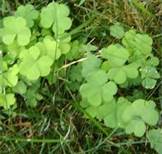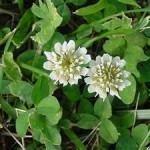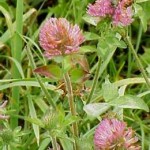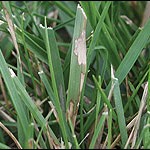Crabgrass sprouts, blooms, produces seeds and dies all in one season. The problem is it drops so many seeds during the season, that more crabgrass will grow from the reserves it leaves in the soil. The seeds can lay dormant for several years before germinating.
Applying a pre-emergent does not guarantee a crabgrass-free lawn, but it will help reduce it. Aerating and over-seeding yearly will help fill in sparce areas. A thick lawn not only eliminates areas for the crabgrass to grow, it also shades the soil, reducing the number of seedlings that are able to establish.
Even pre-emergent is more effective in a lawn with good density. If your lawn is thin going into the summer, you can expect to have crabgrass, even with a pre-emergent application in the spring.
Did you know that:
- Crabgrass is an annual weed, but a perennial problem because of its seeds.
- Crabgrass starts to germinate when soil temperatures hit about 55 degrees.
- It continues to grow and produce seeds all year.
- Each crabgrass plant can produce more than 150,000 seeds during a season.
- Crabgrass thrives in full sunlight and high temperatures.
- It has very low nutrient requirements and can grow basically anywhere.
- The best defense against weed invasion is a dense, healthy turf.
Really want to reduce the crabgrass in your lawn?
Call Sterling Insect and Lawn Control to schedule aerating and over-seeding. (207) 767-5555








